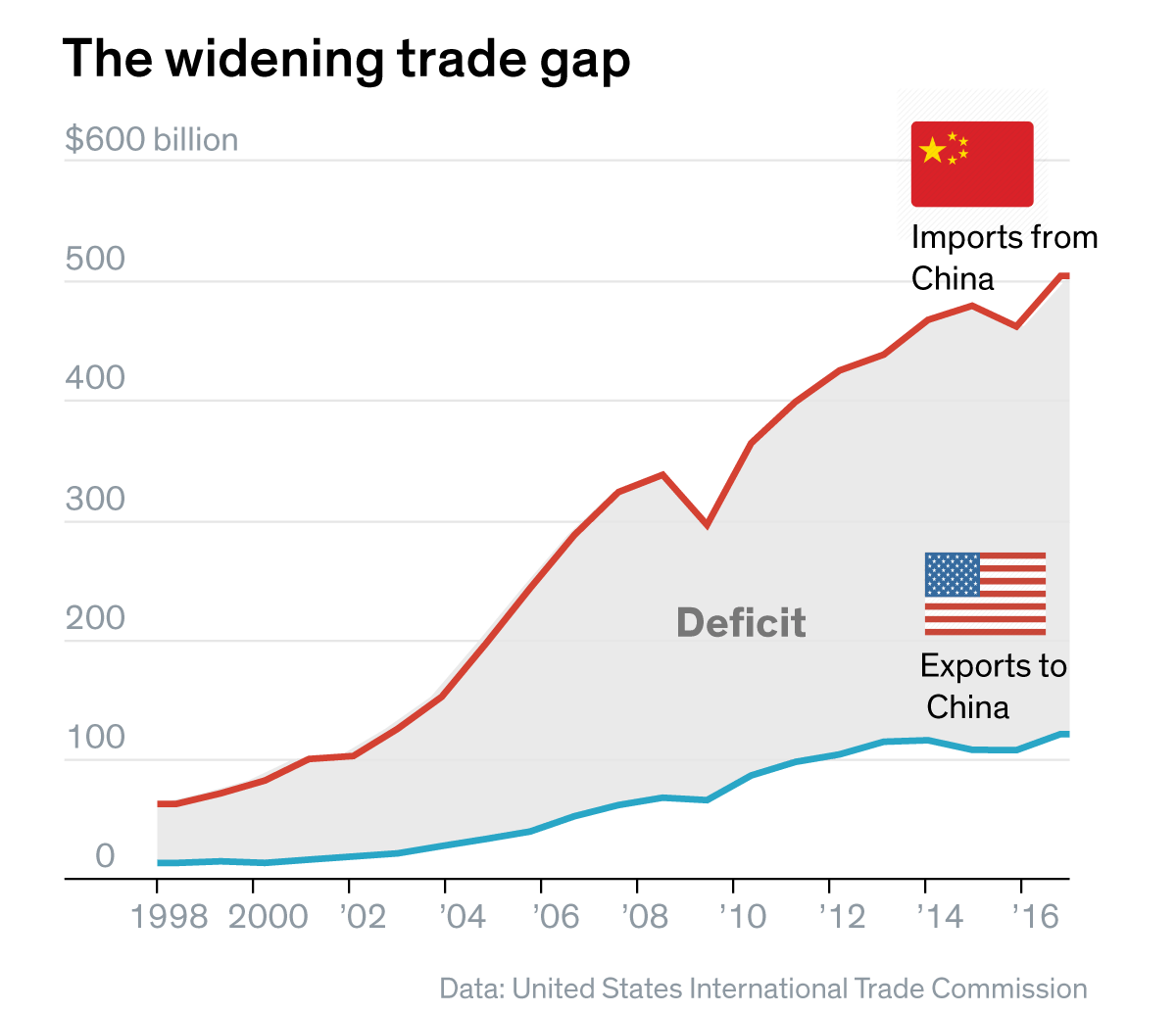The United States and China agreed to a 90-day tariff suspension in escalating their trade war following two days of high-level talks in Geneva, Switzerland. Both sides will temporarily suspend or reduce most of the tariffs imposed since early April, marking a rare moment of cooperation between the world’s two largest economies.
As part of the U.S.-China trade truce, the United States will cut its tariffs on Chinese imports to 30%, while China will lower its duties on American goods from 125% to 10%. The temporary reduction is aimed at creating space for negotiators to work toward a more permanent trade agreement.
China to Ease Some Trade Barriers
In addition to tariff adjustments, Chinese officials announced they will either cancel or suspend some of their existing nontariff measures. These include possible changes to export restrictions on key minerals used in high-tech manufacturing, such as batteries. While no specific minerals were named, any easing could have global supply chain implications.
The Ministry of Commerce in China said the tariff rollback signals a “willingness to stabilize bilateral trade,” while U.S. trade officials described the outcome as “productive but preliminary,” with more meetings expected over the coming months.
Markets React with Optimism
News of the U.S.-China tariff suspension sparked a rally on Wall Street, with the S&P 500 closing 3.26% higher on Monday. Technology and industrial stocks led the gains, reflecting investor confidence that reduced trade friction will support economic growth.
The ICE U.S. Dollar Index, which tracks the dollar against a basket of six major currencies, rose 1.45%. Analysts cited stronger investor sentiment and improved trade clarity as key factors behind the dollar’s rise.
Bond Market Responds with Rate Spike
Mortgage rates also climbed in response to the news of a tariff suspension. As bond yields jumped, the average 30-year mortgage rate reached a two-week high. Investors began pulling back from safe-haven assets amid renewed hopes that the U.S. economy could avoid a recession.
Market analysts said the rate spike reflects shifting expectations that the Federal Reserve may take a less aggressive stance on rate cuts if trade tensions continue to ease.
Next Steps in Trade Negotiations
While the current agreement marks a de-escalation, it is not a full resolution. The U.S.-China trade truce buys time for negotiators to iron out complex issues, including intellectual property protections, technology transfers, and broader market access.
Officials on both sides have signaled cautious optimism, but also acknowledged that significant work remains. The next round of negotiations is expected to take place in the coming weeks, with the outcome likely to shape the global economic outlook for the remainder of the year.
The 90-day window will be closely watched by industries, investors, and governments worldwide as both sides seek to avoid a return to tit-for-tat tariffs and supply chain disruptions.


